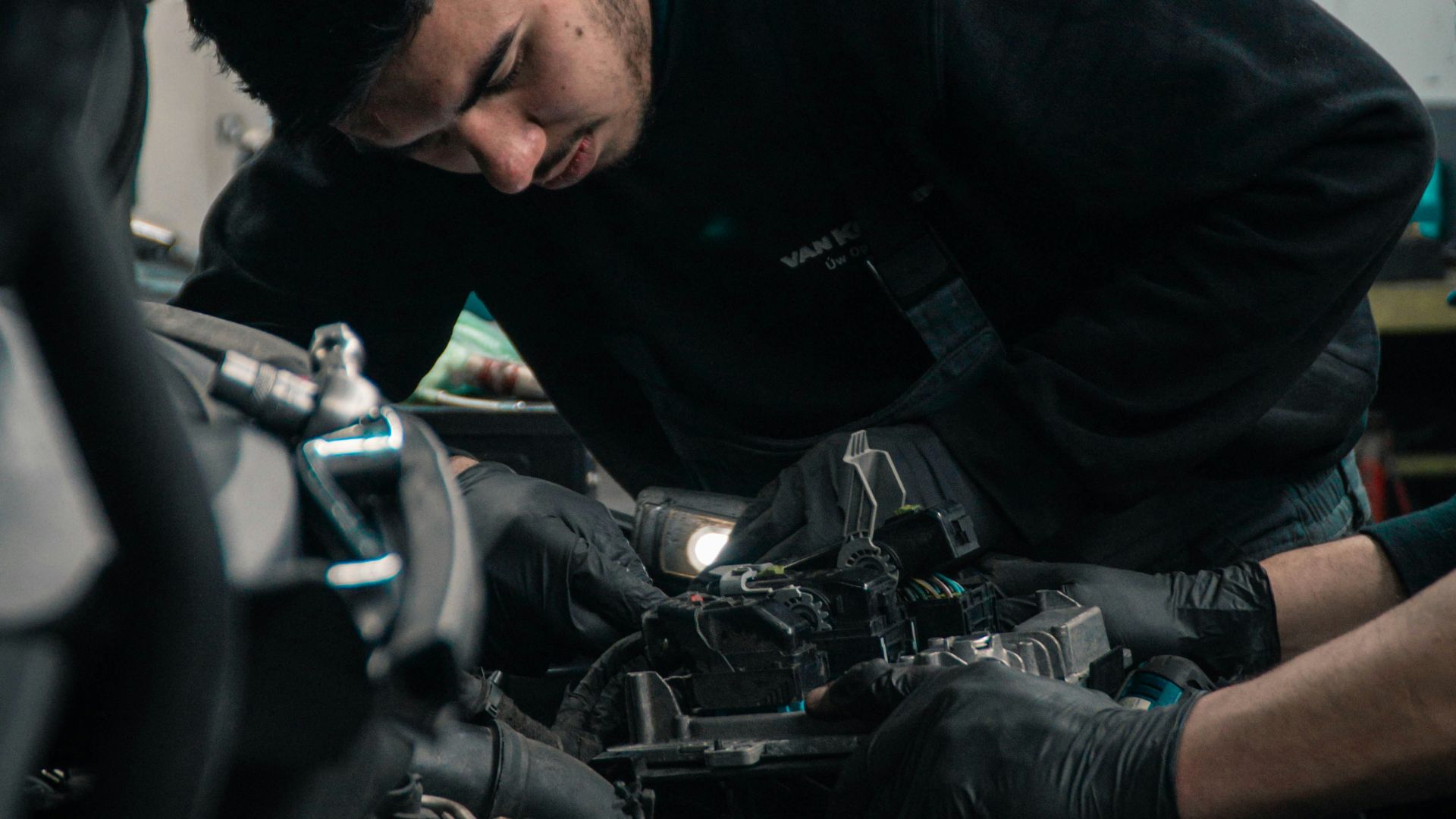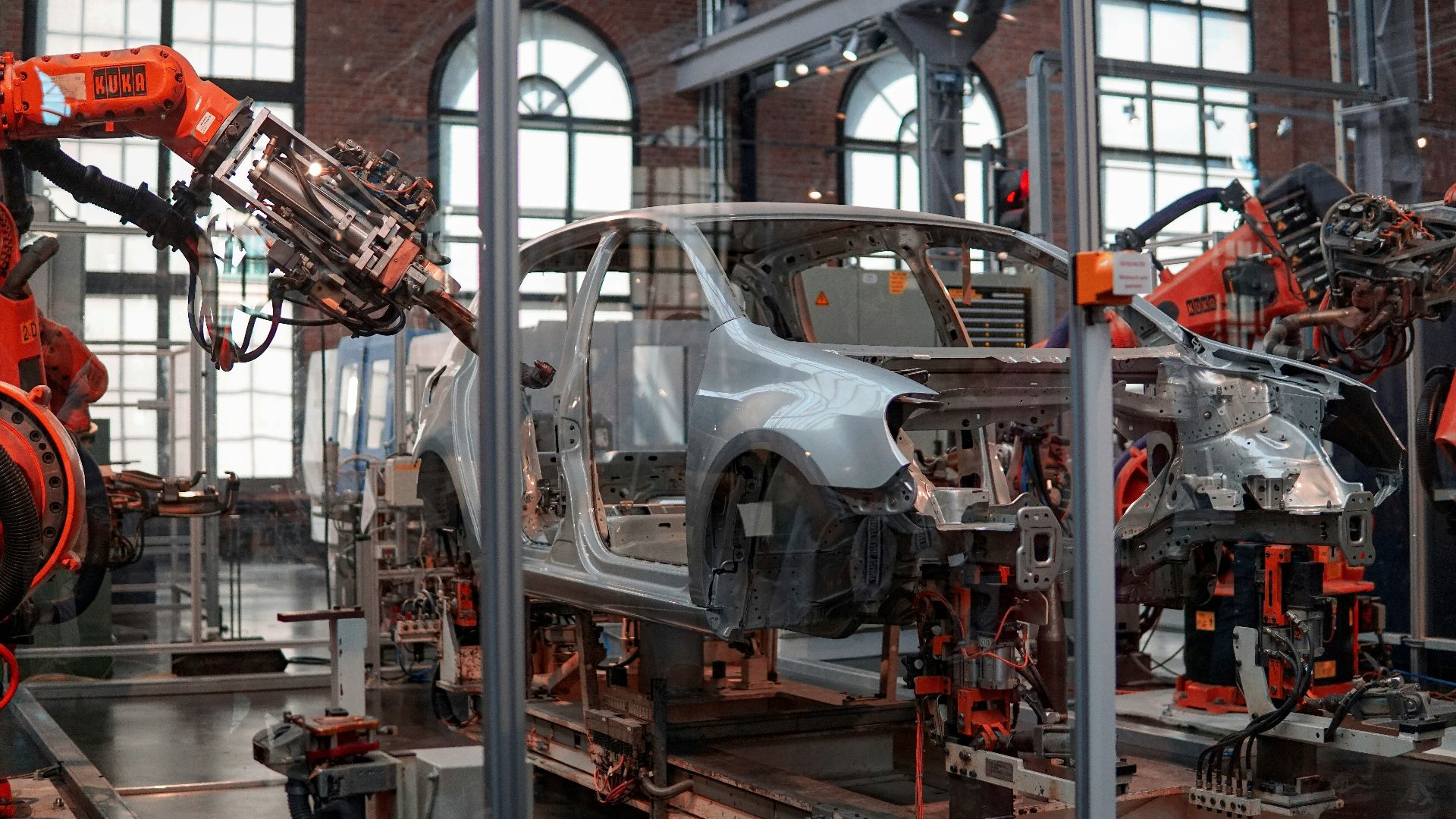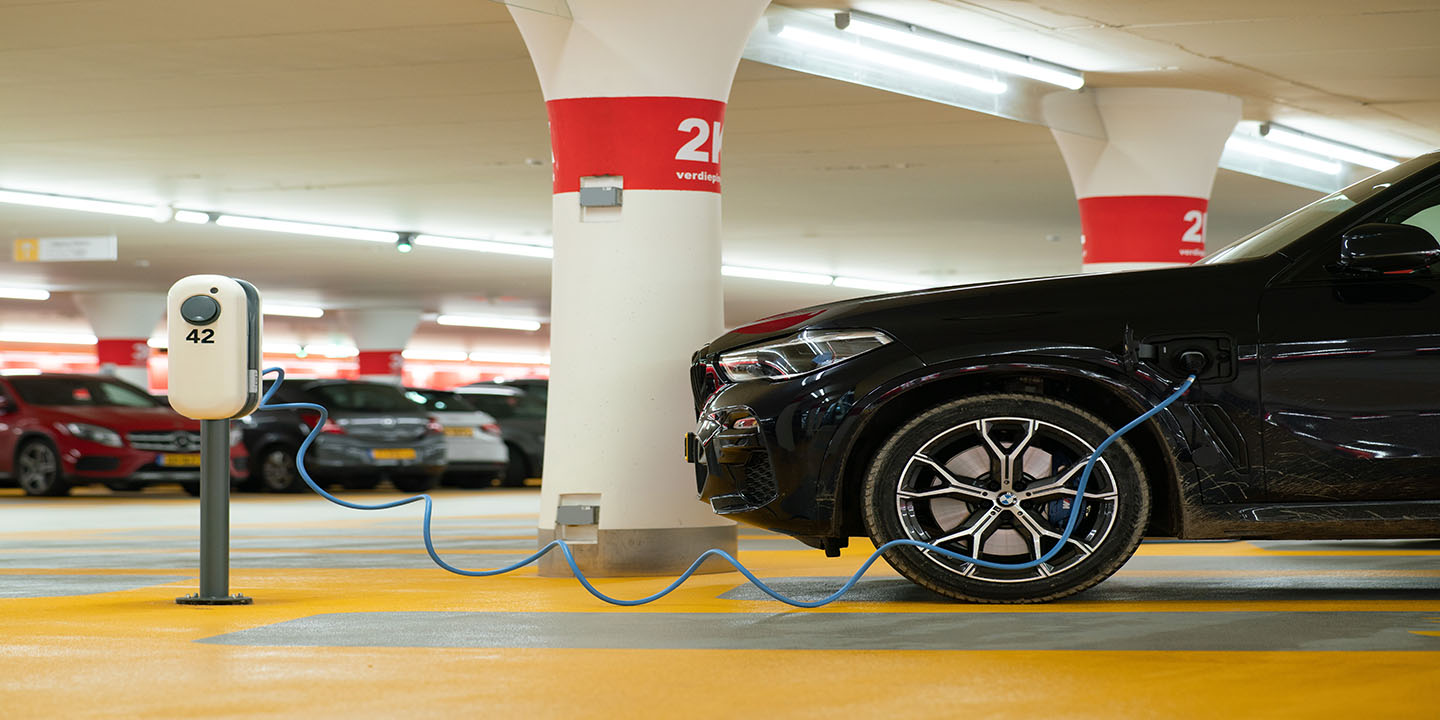5 Key Manufacturing Innovations Shaping the Next Generation of Cars
The way we build cars is changing faster than most people realize. These changes go beyond electric powertrains or self-driving features to affect the actual manufacturing process on a scale that’ll soon make traditional assembly lines look positively quaint. From massive casting machines to AI-powered quality control, these innovations are reshaping what's possible in automotive production. Some of them are already here.
Gigacasting: Fewer Parts, Faster Assembly
Tesla pioneered this approach with their Model Y, replacing dozens of stamped metal parts and hundreds of welds with single aluminum castings that form entire sections of the car's underbody. The rear section that previously required 70 parts is now a single piece produced by a massive 6,000-ton casting machine. The front section got the same treatment.
Gigacasting reduces manufacturing time, cuts weight, improves structural rigidity, and slashes production costs—Tesla claims it reduced the Model Y's manufacturing costs by 40%. Toyota, Volvo, and others are now racing to adopt similar mega-casting technology. The casting machines cost tens of millions each, but the long-term savings are compelling enough that legacy automakers are completely rethinking their assembly processes.
Solid-State Battery Production at Scale
Lithium-ion batteries have taken us pretty far, yet they've got inherent limitations around energy density, charging speed, and thermal management. Solid-state batteries replace the liquid electrolyte with a solid material, potentially doubling energy density while dramatically reducing fire risk. Toyota announced plans to begin mass production of solid-state batteries by 2027, claiming a charging time of just ten minutes and a range exceeding 900 miles.
The enduring issue is that solid-state batteries are notoriously difficult to produce at scale. They require extremely precise layering and are sensitive to contamination during assembly. Companies like QuantumScape and Solid Power are working on production processes that can achieve the consistency and cost targets needed for automotive applications. If they succeed, we're looking at a fundamental shift in EV capabilities.
AI-Driven Quality Control
Computer vision systems are now inspecting welds, paint finishes, and panel gaps with accuracy that surpasses human inspectors. BMW's factory in Leipzig uses AI to inspect thousands of vehicles, catching defects that would be invisible to the naked eye. The system learns continuously, getting better at identifying potential problems before they become actual failures.
AI systems can predict equipment failures before they happen by analyzing subtle patterns in production data, reducing costly downtime. Mercedes-Benz reported that predictive maintenance systems reduced unplanned production stoppages by 30% at some facilities. The data accumulation aspect is interesting—the more cars these systems inspect, the smarter they become about what constitutes a real problem versus normal variation.
Modular Platform Architecture
Volkswagen's MEB platform, Hyundai's E-GMP, and GM's Ultium are all examples of EV platforms that can accommodate wildly different vehicle types. They use the same basic chassis and battery pack but completely different bodies and interiors on top. This approach lets manufacturers amortize development costs across multiple models while maintaining flexibility for different market segments.
The manufacturing efficiency comes from minimizing retooling on the same production line, allowing a factory to build a compact crossover in the morning and a full-size SUV in the afternoon using largely the same processes and equipment. Volkswagen claims the MEB platform will underpin over 70 different models across their various brands.
Advanced Adhesives Replacing Welds
Aerospace has been using structural adhesives for decades, and automotive is finally catching up. Modern adhesives can bond dissimilar materials—aluminum to carbon fiber, steel to plastic—creating opportunities for multi-material construction that traditional welding can't match.
Ford's F-150 uses structural adhesives to bond the aluminum body panels, contributing to a 700-pound weight reduction compared to the previous steel body. The adhesives cure quickly under UV or heat, fitting into existing production line speeds. There's also less distortion than welding produces, which means tighter tolerances and better panel fit. The transition requires retraining workers and investing in new equipment, though the benefits are pushing more manufacturers in this direction.









